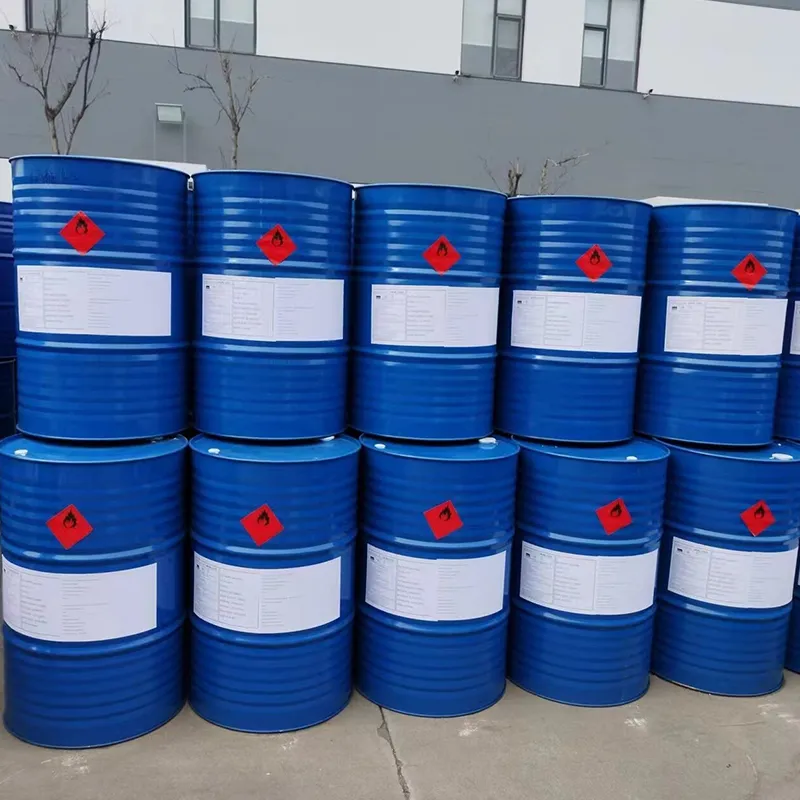
Sodium Benzotriazole - Applications, Properties, and Safety
Sodium Benzotriazole An Overview of Its Properties and Applications
Sodium benzotriazole (Na-BTA) is a compound that has garnered considerable attention in various fields due to its unique properties and versatility. As a salt of benzotriazole, it possesses both organic and inorganic characteristics, making it applicable in diverse industries, particularly in the realms of chemistry, materials science, and environmental studies.
Chemical Properties
Sodium benzotriazole is structurally derived from benzotriazole, which consists of a five-membered heterocyclic ring containing three nitrogen atoms. This unique structure endows it with excellent complexing abilities for various metal ions, which is a pivotal feature in its application as a corrosion inhibitor. The compound is generally soluble in water and can form stable complexes with metals such as copper, zinc, and lead. This solubility is crucial for its role in aqueous systems, enabling it to interact effectively with metal surfaces and environments.
Applications in Corrosion Inhibition
One of the most prominent uses of sodium benzotriazole is in the field of corrosion inhibition. It is widely employed to protect metals from corrosion in various industrial processes. When applied to metal surfaces, Na-BTA forms a protective layer that prevents the oxidation of metals, particularly in the presence of chlorides which are common in many environments. This is especially significant in industries such as oil and gas, where the integrity of metal components is crucial for operational safety and efficiency. By reducing corrosion rates, sodium benzotriazole helps extend the lifespan of industrial equipment, leading to cost savings and improved reliability.
sodium benzotriazole

Photographic Applications
In the realm of photography, sodium benzotriazole plays a critical role as a light-stabilizing agent. It is used in photographic emulsions to protect silver halide grains from premature exposure to lighting conditions. This application is vital for ensuring high-quality images and preventing fogging in photographic films. Furthermore, the stabilization properties of Na-BTA make it valuable in the production of other light-sensitive materials.
Environmental Considerations
Despite its advantageous properties, the use of sodium benzotriazole raises environmental concerns, particularly in freshwater ecosystems. Research indicates that it can be harmful to aquatic life if released in significant quantities. Consequently, industry stakeholders are increasingly focusing on developing eco-friendlier alternatives and improving wastewater management strategies to minimize the environmental impact of Na-BTA. Regulatory measures are being contemplated to ensure safe handling and disposal practices in industries that use this compound.
Conclusion
Sodium benzotriazole stands as a multifunctional compound with vital applications across various sectors, including corrosion inhibition in industrial settings and protection in photographic processes. However, its environmental implications necessitate a balanced approach that prioritizes safety and sustainability. Ongoing research and innovation will be essential in maximizing the benefits of sodium benzotriazole while mitigating its ecological footprint. As industries evolve, the significance of finding effective and environmentally-friendly solutions will only continue to grow, ensuring that compounds like sodium benzotriazole remain integral in the advancement of technology and materials.
-
PE and PP Plastics with Benzotriazole AdditivesNewsJun.12,2025
-
How Glacial Acetic Acid Balances pH to Combat Food SpoilageNewsJun.12,2025
-
Food Additives in China: Embracing the GreenNewsJun.12,2025
-
Cyanide Mining Gold Extraction and the Rise of Complementary ChemicalsNewsJun.12,2025
-
Ammonium Nitrate in Pharmaceutical ManufacturingNewsJun.12,2025
-
Aluminum Hydroxide in Glass and Ceramics ManufacturingNewsJun.12,2025
-
Mining Chemicals: Cyanide in Gold MiningNewsJun.04,2025
Hebei Tenger Chemical Technology Co., Ltd. focuses on the chemical industry and is committed to the export service of chemical raw materials.
-

view more DiethanolisopropanolamineIn the ever-growing field of chemical solutions, diethanolisopropanolamine (DEIPA) stands out as a versatile and important compound. Due to its unique chemical structure and properties, DEIPA is of interest to various industries including construction, personal care, and agriculture. -

view more TriisopropanolamineTriisopropanolamine (TIPA) alkanol amine substance, is a kind of alcohol amine compound with amino and alcohol hydroxyl, and because of its molecules contains both amino and hydroxyl. -

view more Tetramethyl Thiuram DisulfideTetramethyl thiuram disulfide, also known as TMTD, is a white to light-yellow powder with a distinct sulfur-like odor. It is soluble in organic solvents such as benzene, acetone, and ethyl acetate, making it highly versatile for use in different formulations. TMTD is known for its excellent vulcanization acceleration properties, which makes it a key ingredient in the production of rubber products. Additionally, it acts as an effective fungicide and bactericide, making it valuable in agricultural applications. Its high purity and stability ensure consistent performance, making it a preferred choice for manufacturers across various industries.











